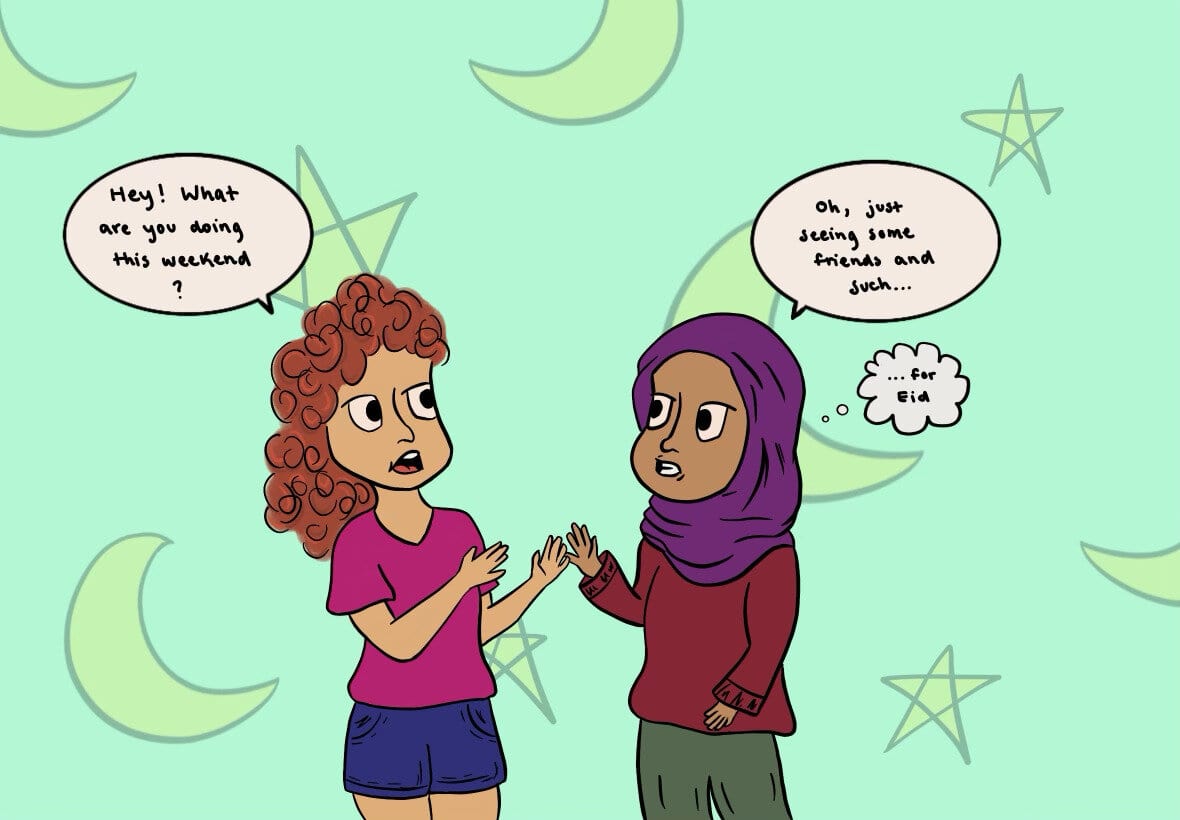For us, there’s nothing more frustrating while shopping than finding a cute shirt that’s too small. You search and search for the right size to no avail. All of the tags are labelled “one size,” but the problem is, you aren’t that size. The only thing left to do is make yourself that size–or so many girls think.
The clothing industry should strive to end the “one size fits most” practice, because of its negative effects on self-esteem and body image. This would improve the self-image of many teenage girls, and would be a step towards making the normal and expected body types for women more realistic.
The popular teen girl clothing store Brandy Melville has become infamous for its “one size fits most” policy, claiming that all girls will find an item that works for them in the store. However, according to the Brandy Melville website, most sizes range from 0-2, meaning that only a select sample of girls will comfortably fit into the clothing.
Reasonably-priced and fashion-forward clothes attract numerous girls and celebrities to Brandy Melville’s stores and website. One of the most desired and favored items at Whitman is the classic Jada dress that many girls sport on warmer days.
The coveted Brandy dress can only be worn by people of one body type: thin. The restricting size requirements can cause teenage girls, many of whom already feel insecure about their bodies, to believe that their body isn’t up to par with the unrealistic expectations for young women in society.
Body image is a serious issue for teenagers across the country. The American Academy of Child and Adolescent Psychiatry states that in the United States, 10 in 100 young women suffer from an eating disorder. The clothing and entertainment industry can help abolish this problem by being more welcoming to people of all shapes and sizes.
It’s understandable that this one size policy is attractive to major companies, such as Brandy Melville, because of the cheaper production costs. But the difference in expenses among small, medium and large sizes is minimal when taking into account the devastating effects on women. Additionally, decreasing the exclusiveness of stores like Brandy Melville could potentially increase revenue by allowing more people to find clothes to fit their figure, and it would come without the negative effects on body image.
While it might seem obvious that girls shouldn’t judge themselves based on whether they can fit into some brand name clothing meant for a six-foot-tall supermodel, the self-scrutiny is inevitable.
In order to change the way that girls see themselves, we need to change societal conventions. There needs to be a greater emphasis on the acceptance of diversity in beauty to ensure that women of all sizes feel comfortable in their own bodies. Ultimately, forcing people into believing that beauty only exists between sizes zero and two only worsens the ever-increasing stereotype of the “perfect woman.”








